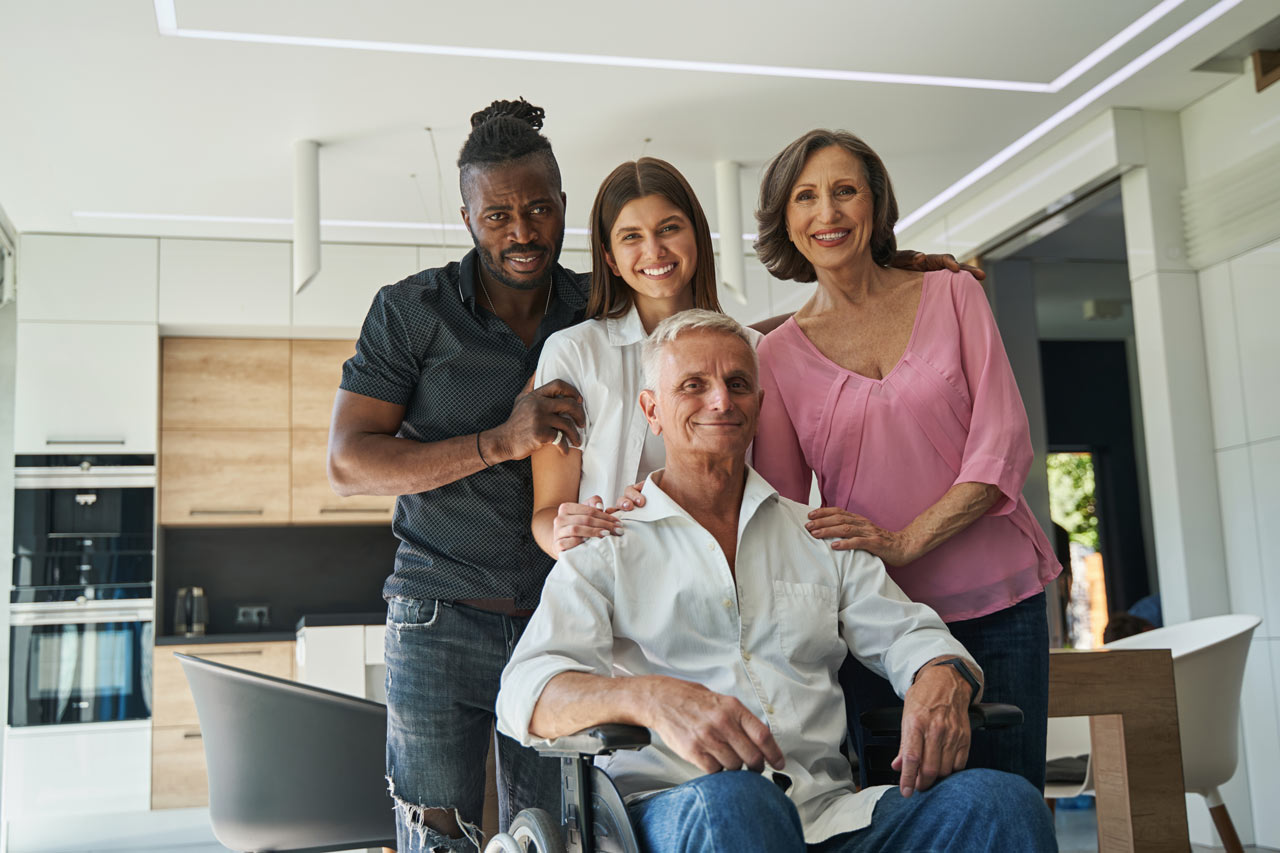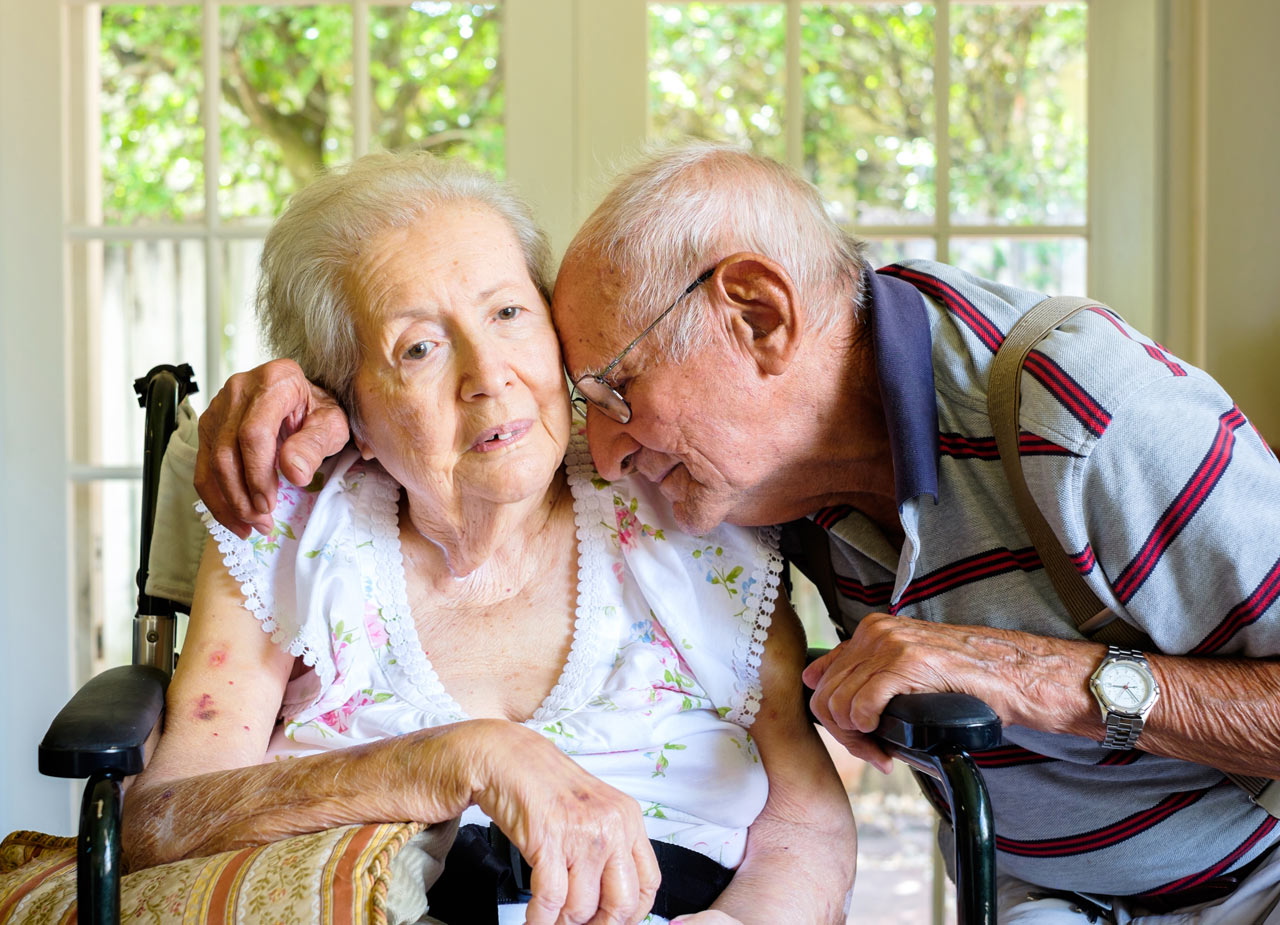This is an excellent question because often these terms are used interchangeably. They do mean different sets of services that are rendered to seniors, people with disabilities, and people recovering from a medical situation.
Home care and home health care are health-related services administered in the home that differ from one another. Personal care is usually interchangeable with home care.
However, sometimes even advertising, social media, and Google use them as one convenient category for the sake of convenience. Let’s learn the difference and what it means for you and your family member.
Home health care is the more general term of the two. It usually refers to skilled medical and other services delivered in the home to help someone recover from a medical condition, illness, surgery, episode, or injury. It may include nursing, occupational therapy, physical therapy, wound care, speech therapy, social work services, and caregiver education to teach family members how to care for the patient and his specialized needs. Home health care often includes home care: services by an aide to help the patient with activities of daily living (a home health aide). These include bathing, dressing, grooming, medication reminders and some household tasks. Because of the personal aspect as opposed to the medical aspect, it is often called personal care.
Home health care is short term help usually paid for by Medicare. If a young person needs short term care, it is paid for by the patient’s insurance. In New York State, it is administered by a CHHA (Certified Home Health Agency) which is selected before a patient is discharged from a hospital or acute care facility. A doctor’s authorization is part of this process. This will be set up before discharge by the facility’s discharge planner (which is another name for the hospital social worker). In order for the patient to have a safe discharge to the home, home health care services must be set up. Either private insurance or Medicare pays for a CHHA to deliver and coordinate the skilled medical and other services to the patient.
The certified home health agency (CHHA) provides the skilled services directly through its nurses, occupational therapists, speech therapists, social workers, and physical therapists. It usually works with a licensed home care agency (LHCSA) to provide the home care by an aide. The care by an aide is considered an unskilled service. This is called personal care.
Rest assured that all aides are credentialed by New York State through a test. They are certified by a training school, and screened, skills- tested, and trained further by the LHCSA. They are just called unskilled in comparison with the therapists and nurses who have received much more extensive education to support their professional skills.
Thus, home care refers to the services of the aides. They may be part of home health care services after an episode and a separate agency, a LHCSA, may be responsible for this part of home health care.
Home health care may be provided in the home, in an assisted living residence or another congregate care facility.
Home care is the assistance in the home provided by an aide (HHA) or personal care assistant (PCA). As we said earlier, it can be part of home health care’s short term set of services. However, it is also provided as a stand-alone service when someone needs permanent help unrelated to a particular episode. Another word for this kind of care is personal care.
This is usually a long term service paid for by Medicaid, long term care insurance, or private funds. Medicaid or long term care insurance decide how many hours they will provide for the particular patient. The home care agency (LHCSA) does not make that determination. Of course if someone is paying out of pocket, they choose the number of hours they wish to budget and the schedule that works for them.
Home care is generally provided in the home of the patient. Private pay home care may be provided anywhere.
What may the aide do for the patient in home care? Aides assisted in daily routines such as bathing, toileting, transferring, meal preparation, and safe escort to medical appointments, shopping, activities in the community, and local travel.
Here is what to expect when home care is authorized. All patients receive a plan of care that address their medical and practical needs. A nurse prepares that individualized plan at the outset in conjunction with a home visit.
During the home visit, the nurse first assesses the patient’s medical state, the challenges the individual faces at home, and their needs such as getting to the doctor, remembering to take their medicine, and more. The aide is then given the plan of care by the nurse. The aide will be the eyes and ears, taking note of the changes s/he may notice. S/he reports to the nurse who also makes visits from time to time to see how the patient is doing in their environment. She may change the plan of care as needed. In New York State, if Medicaid pays for the long term home care for the senior or person with a disability, a Medicaid managed long term care company (MLTC) will be involved to coordinate all the needs of the individual including home care.
Home care resources from Caring Professionals:






